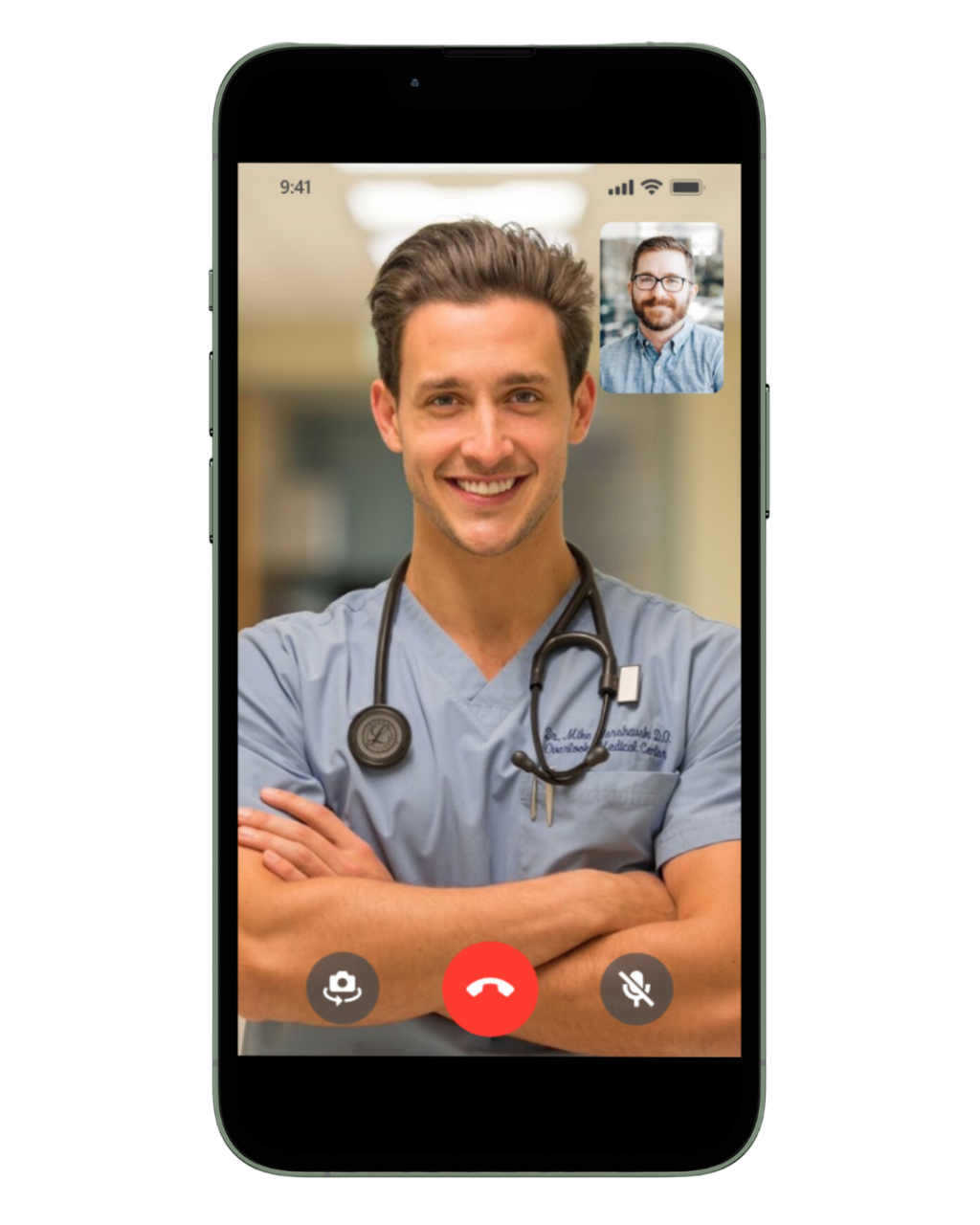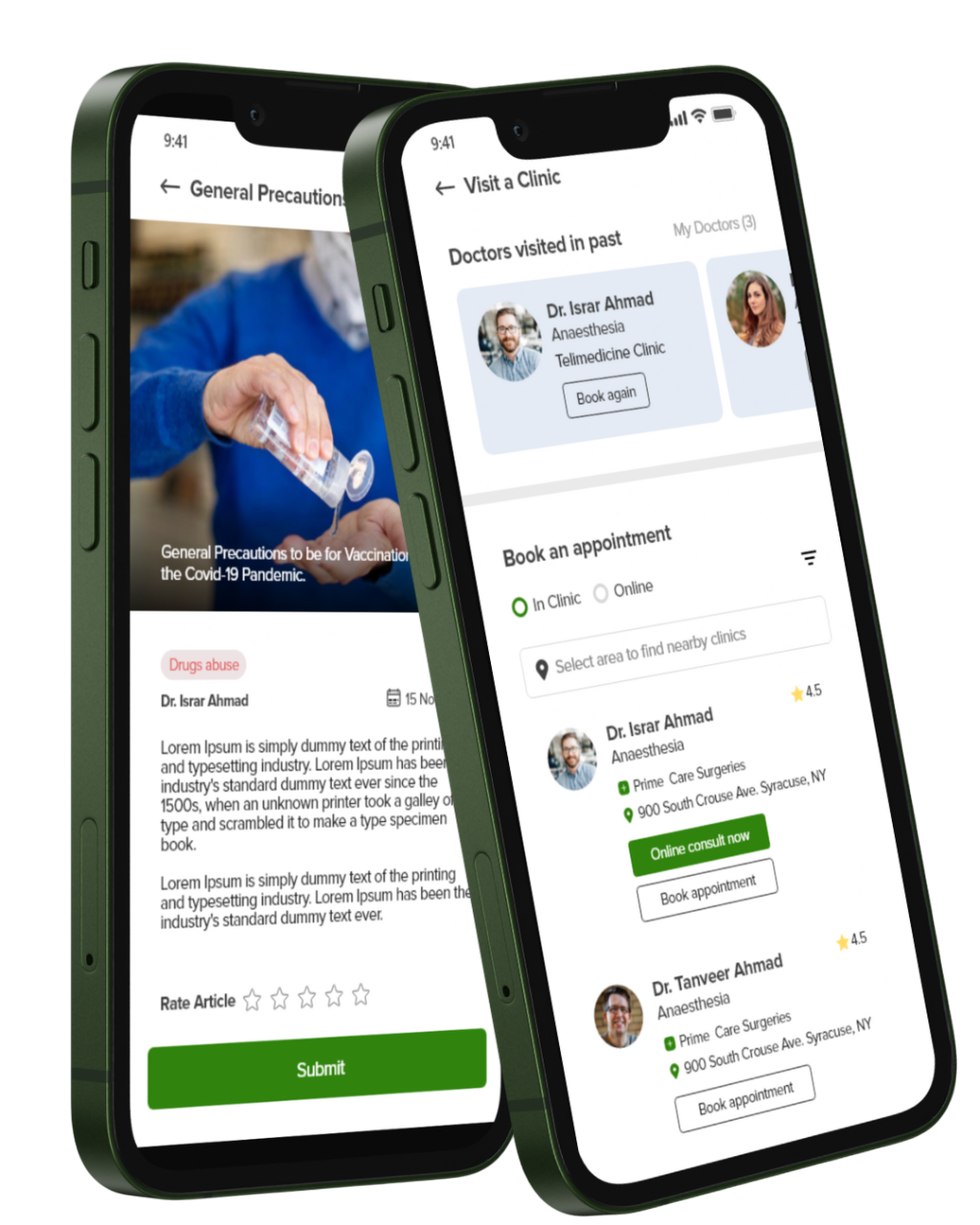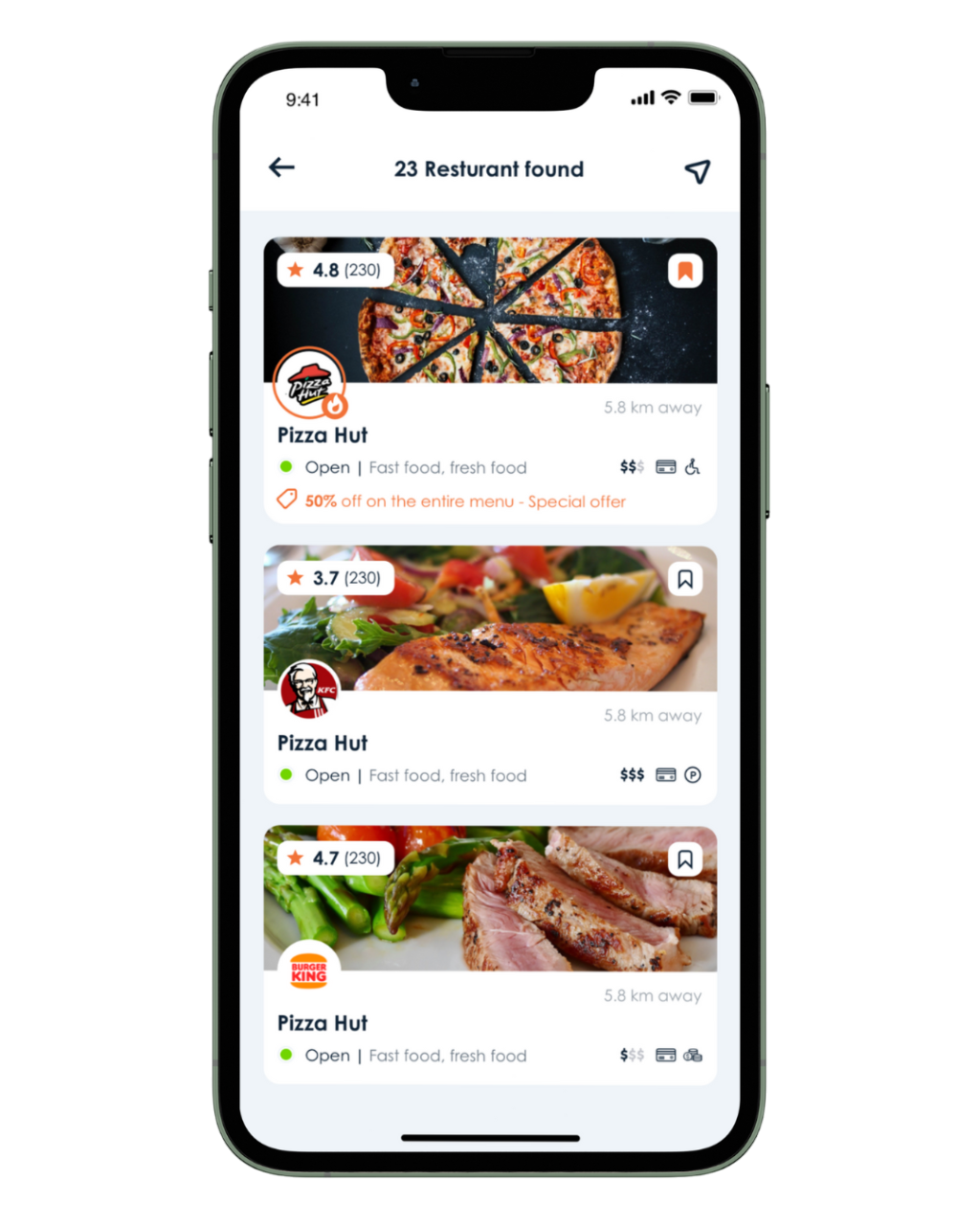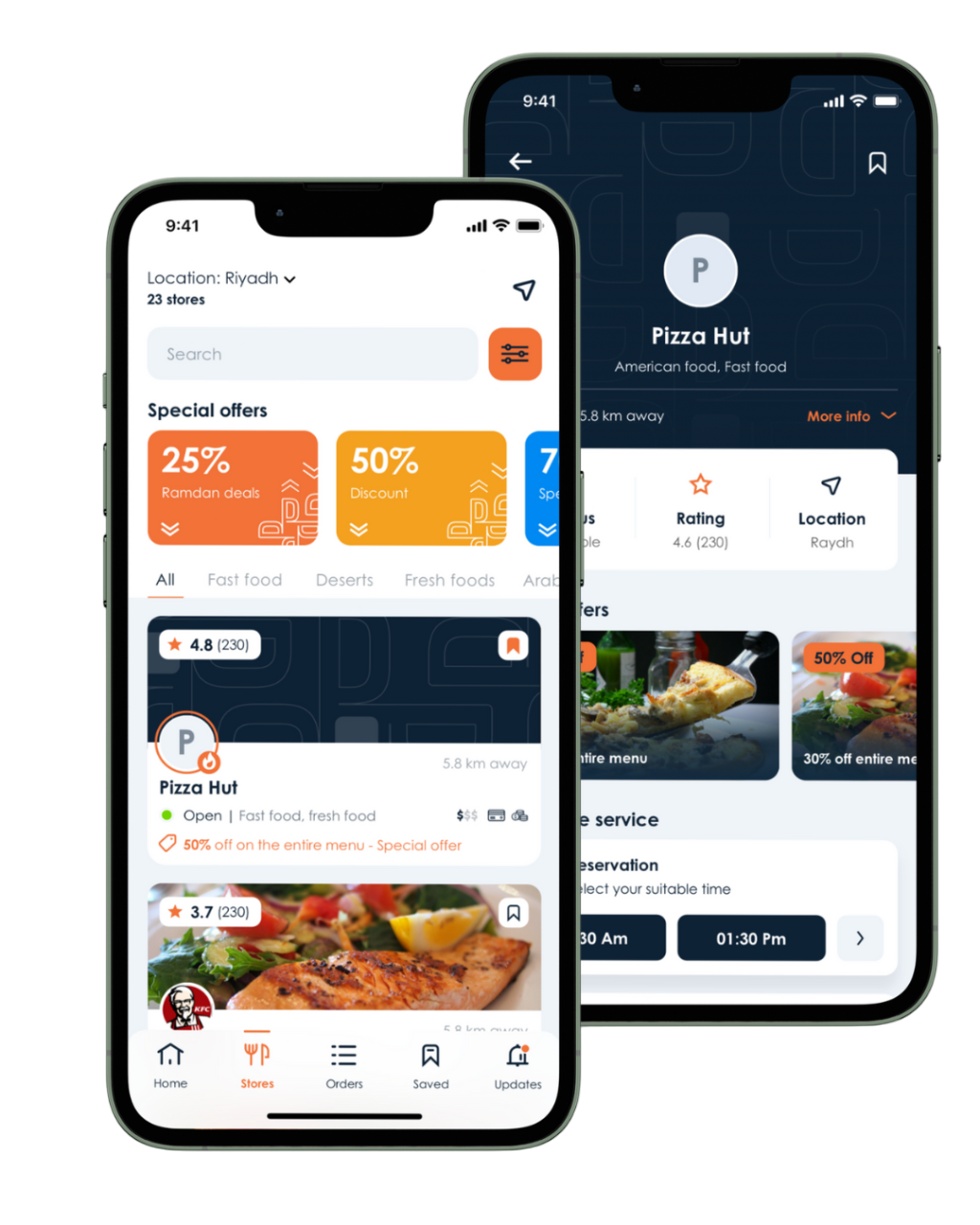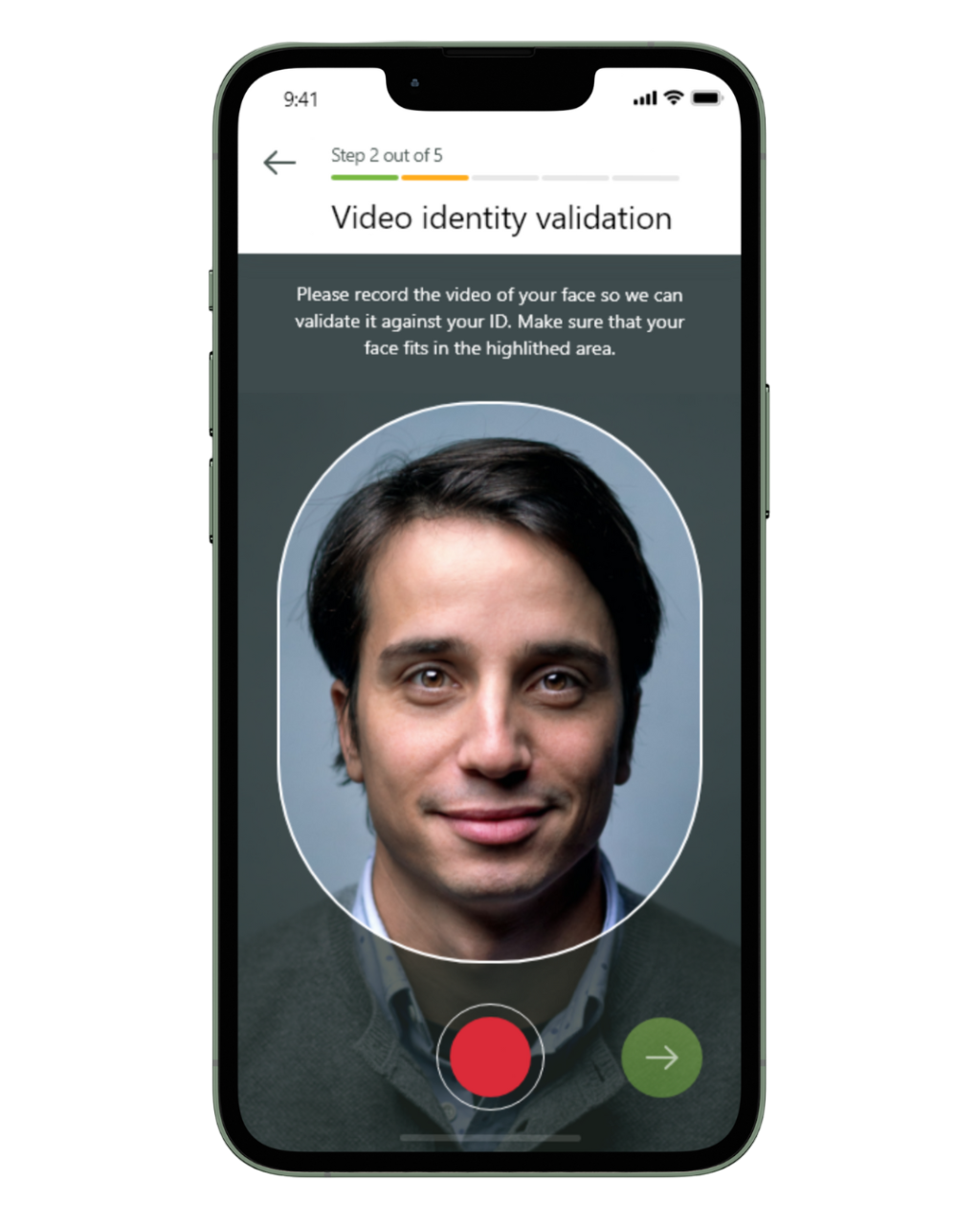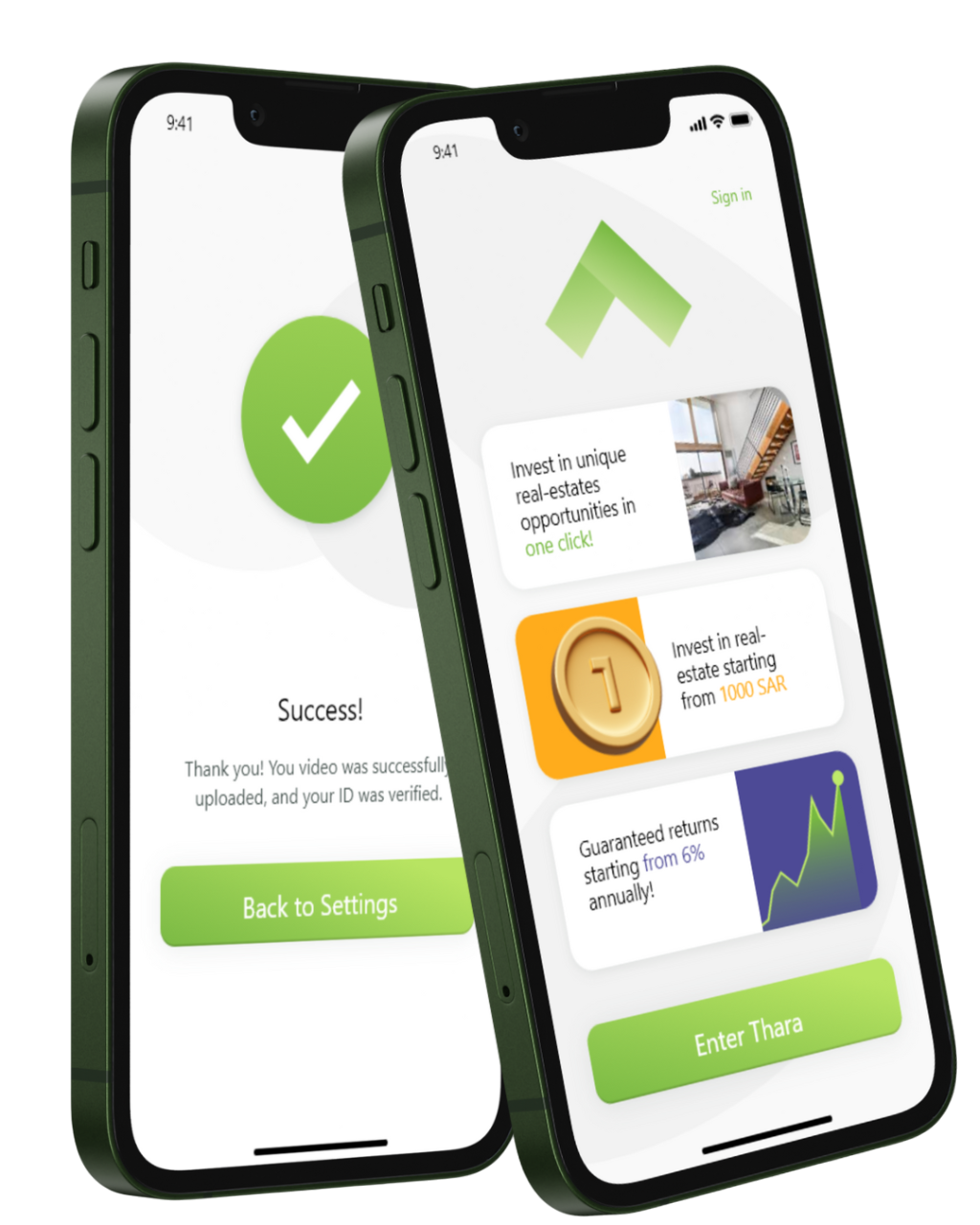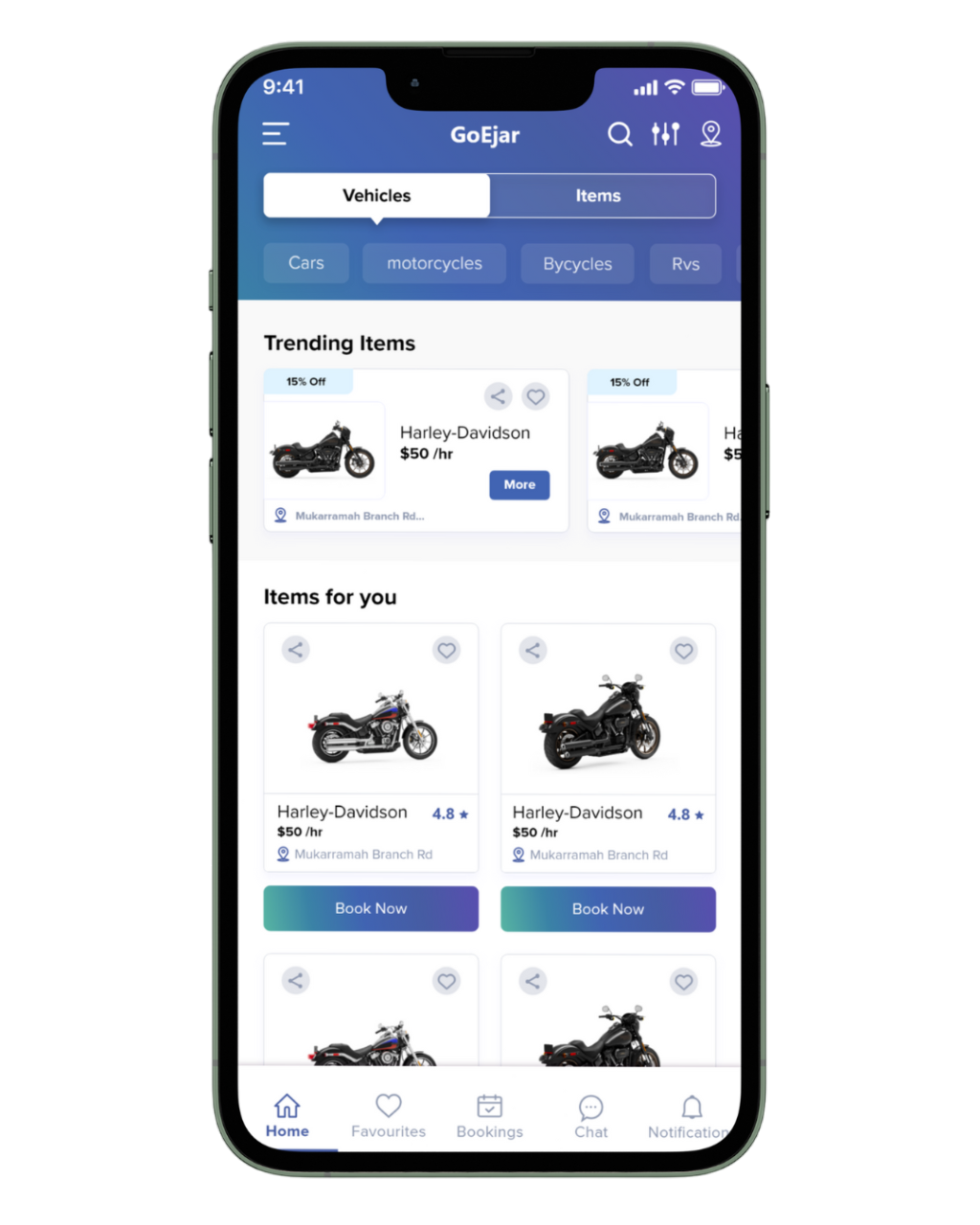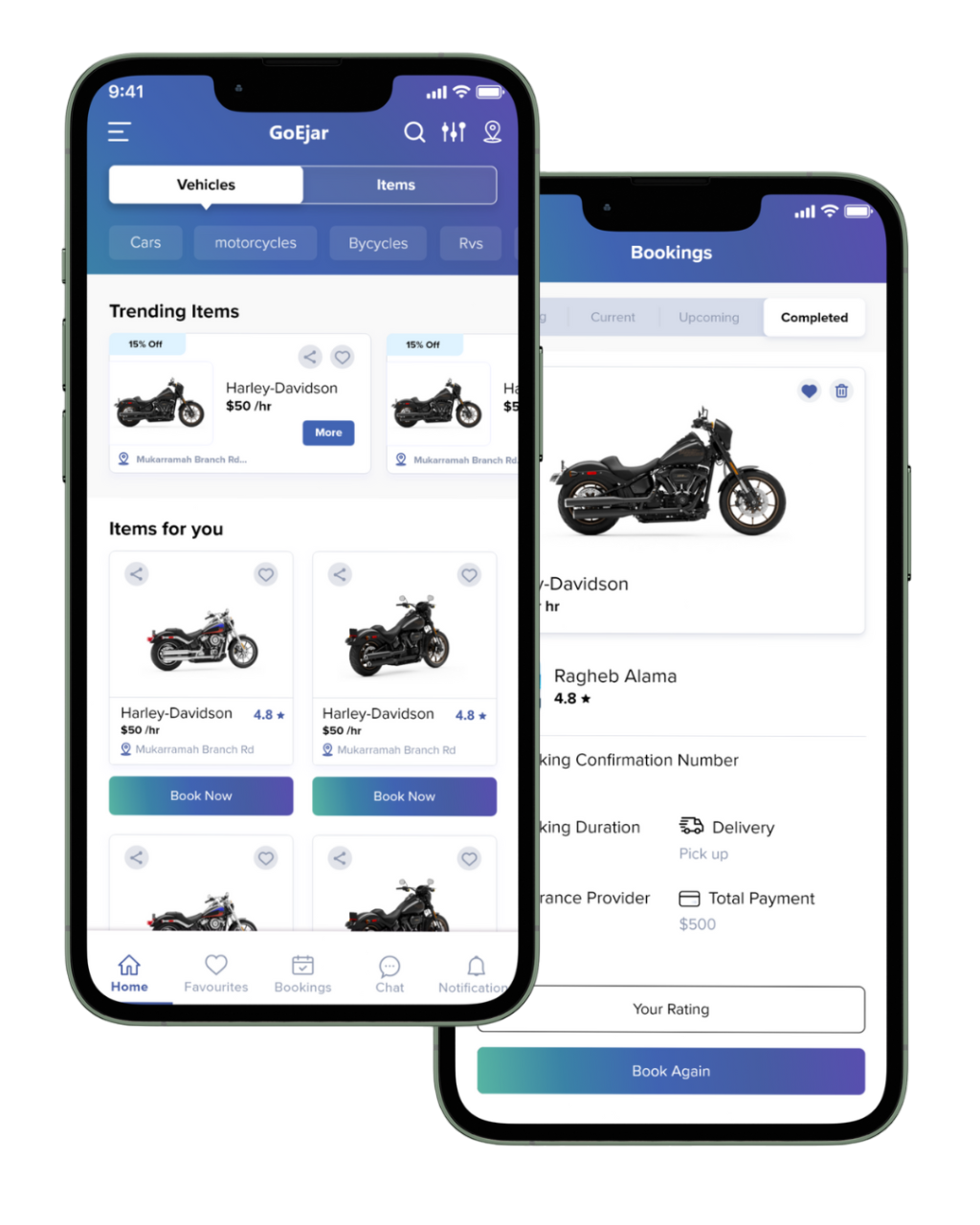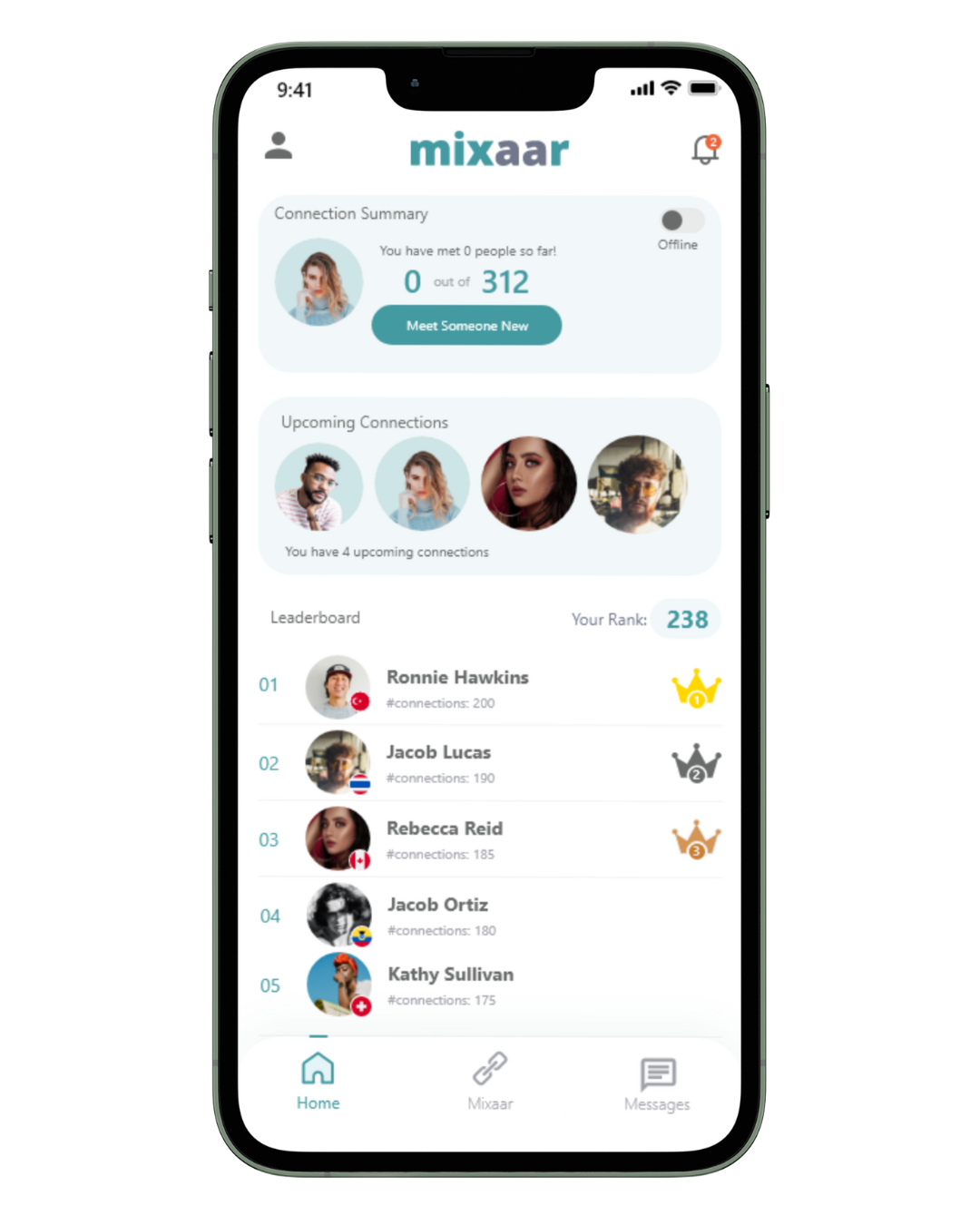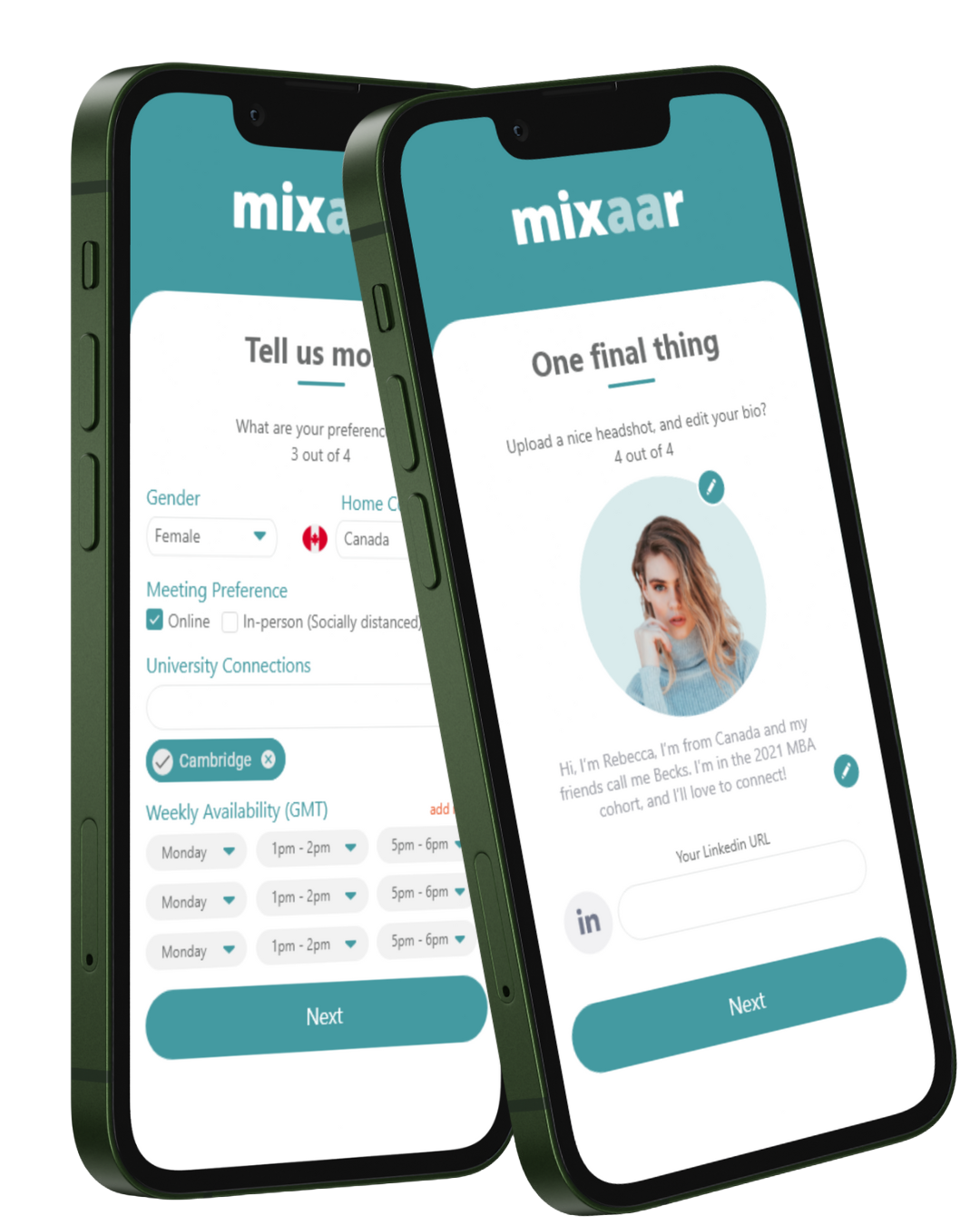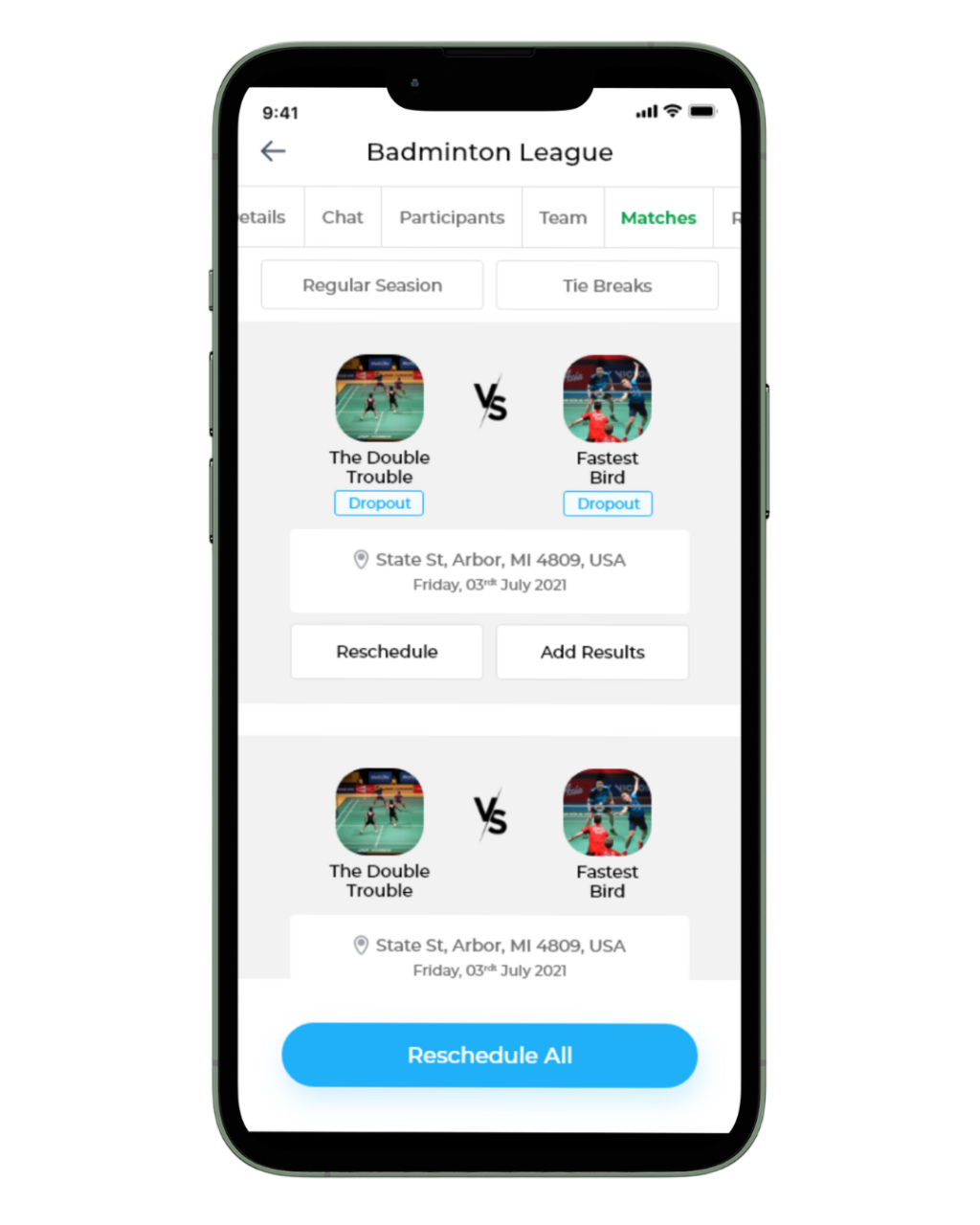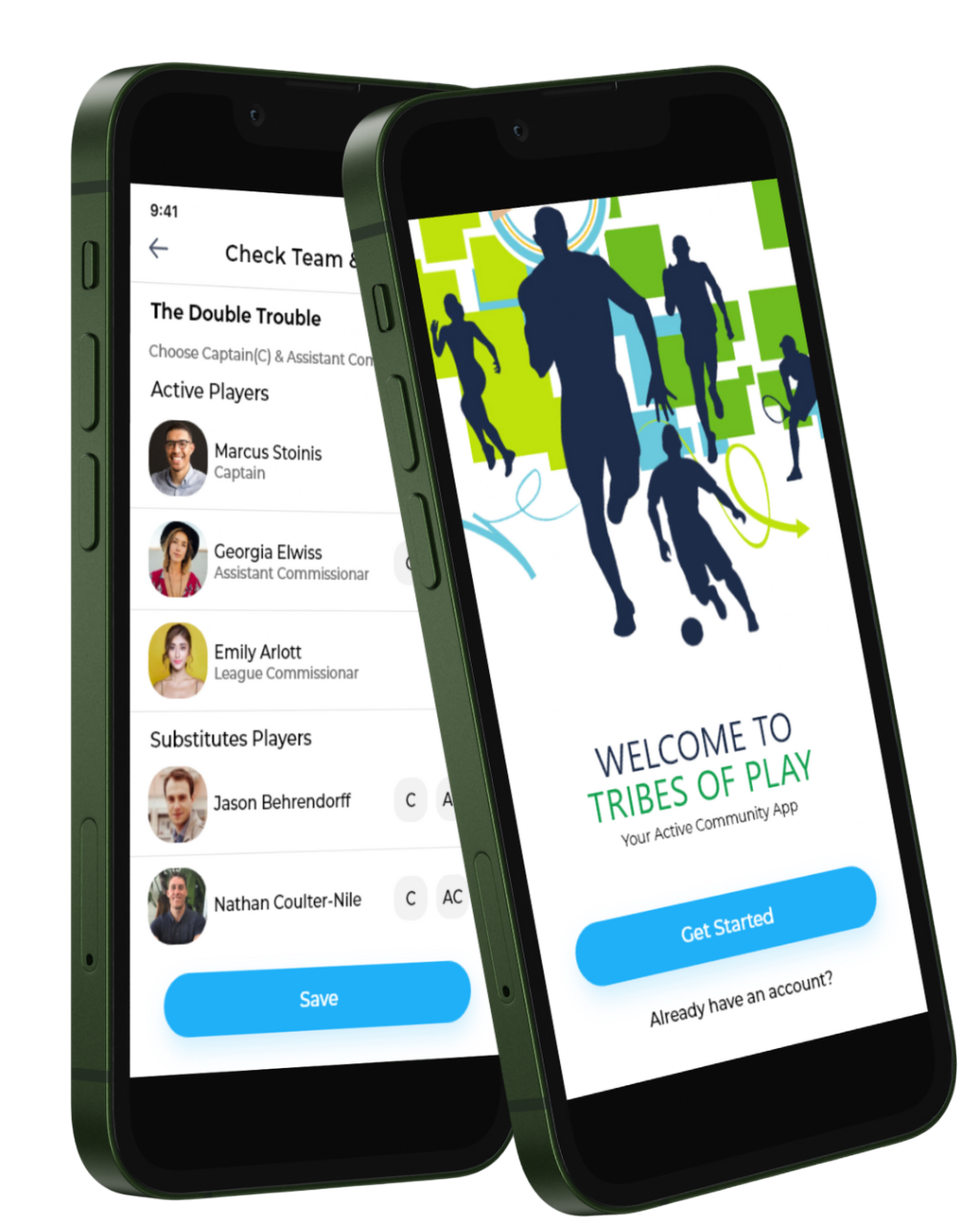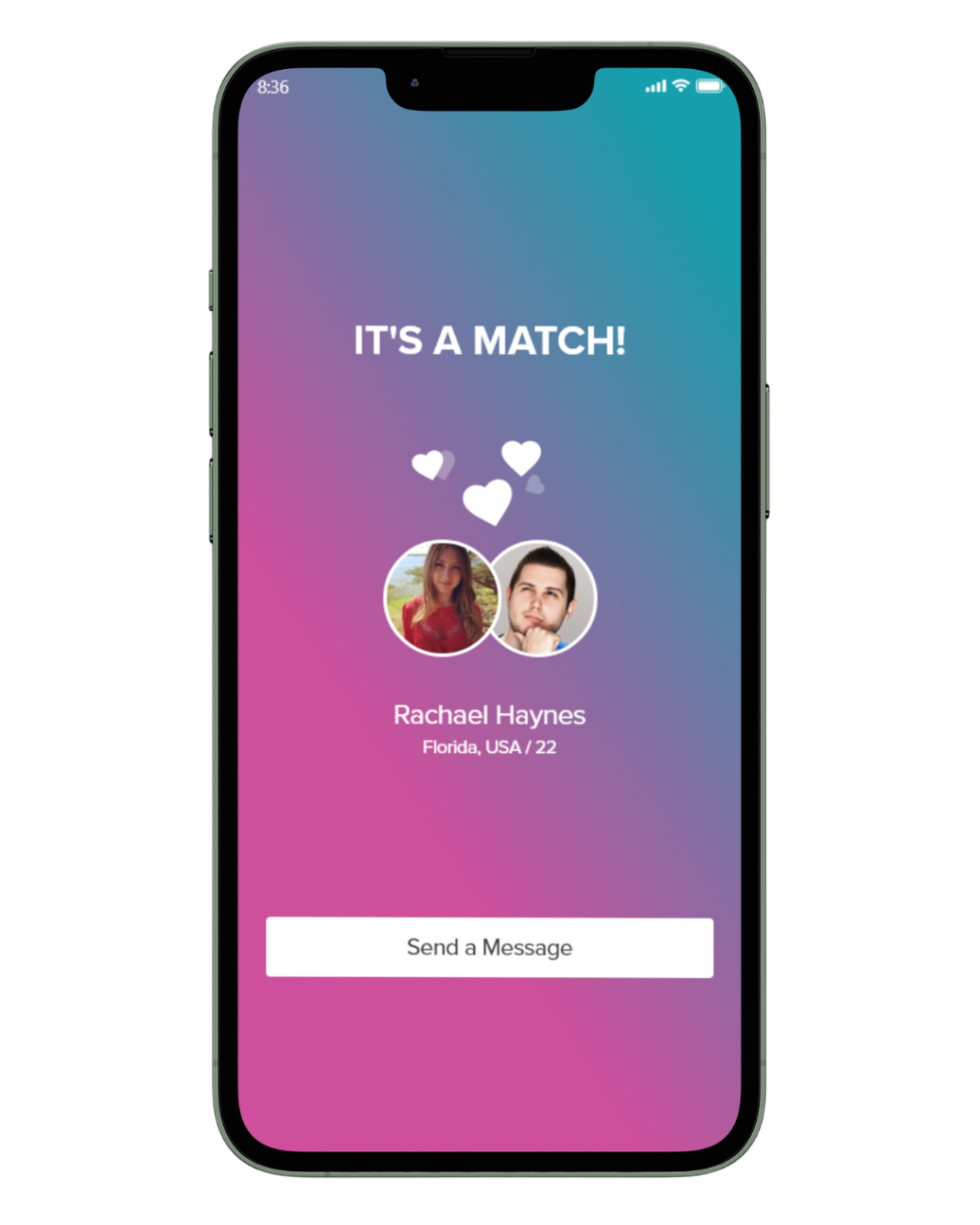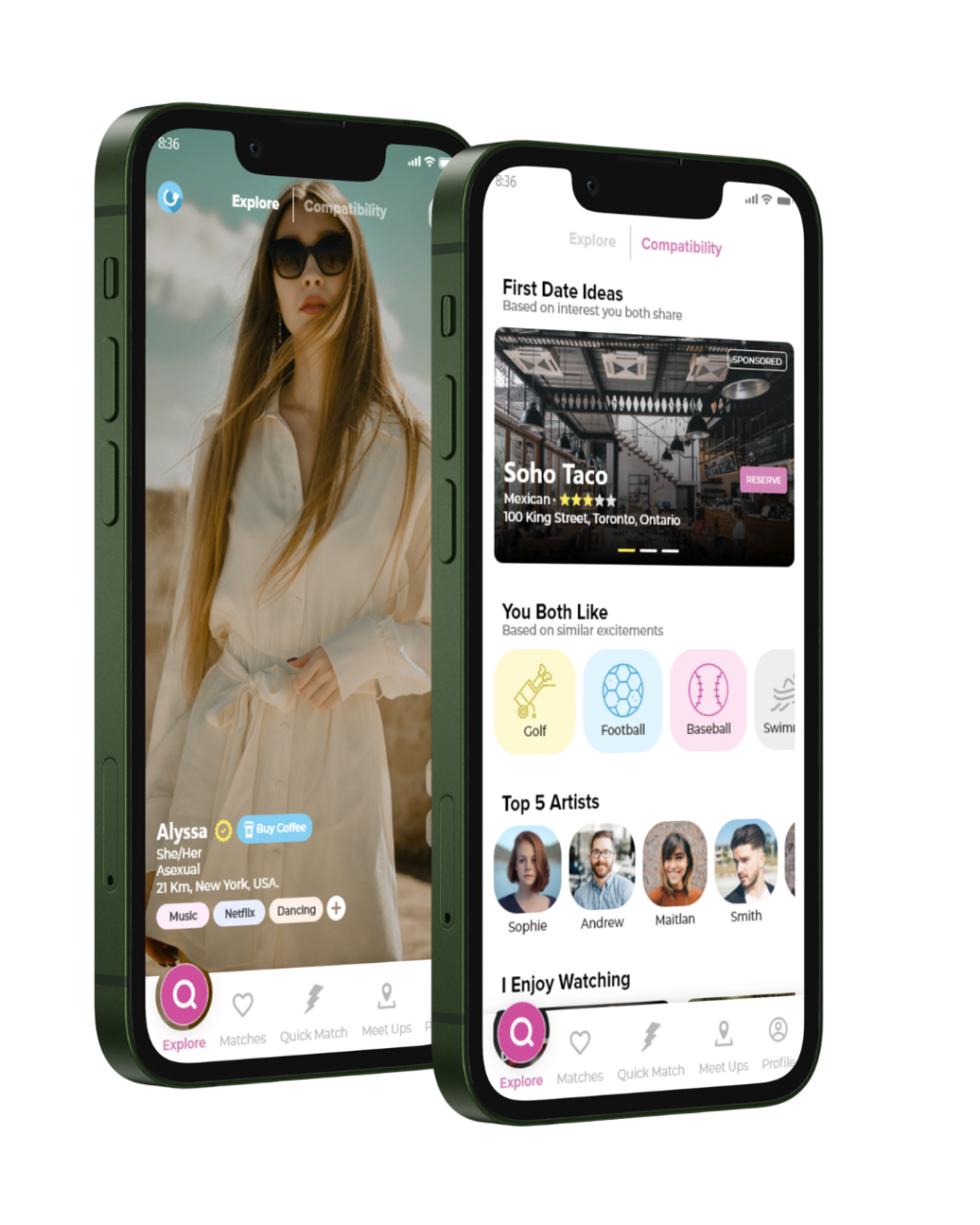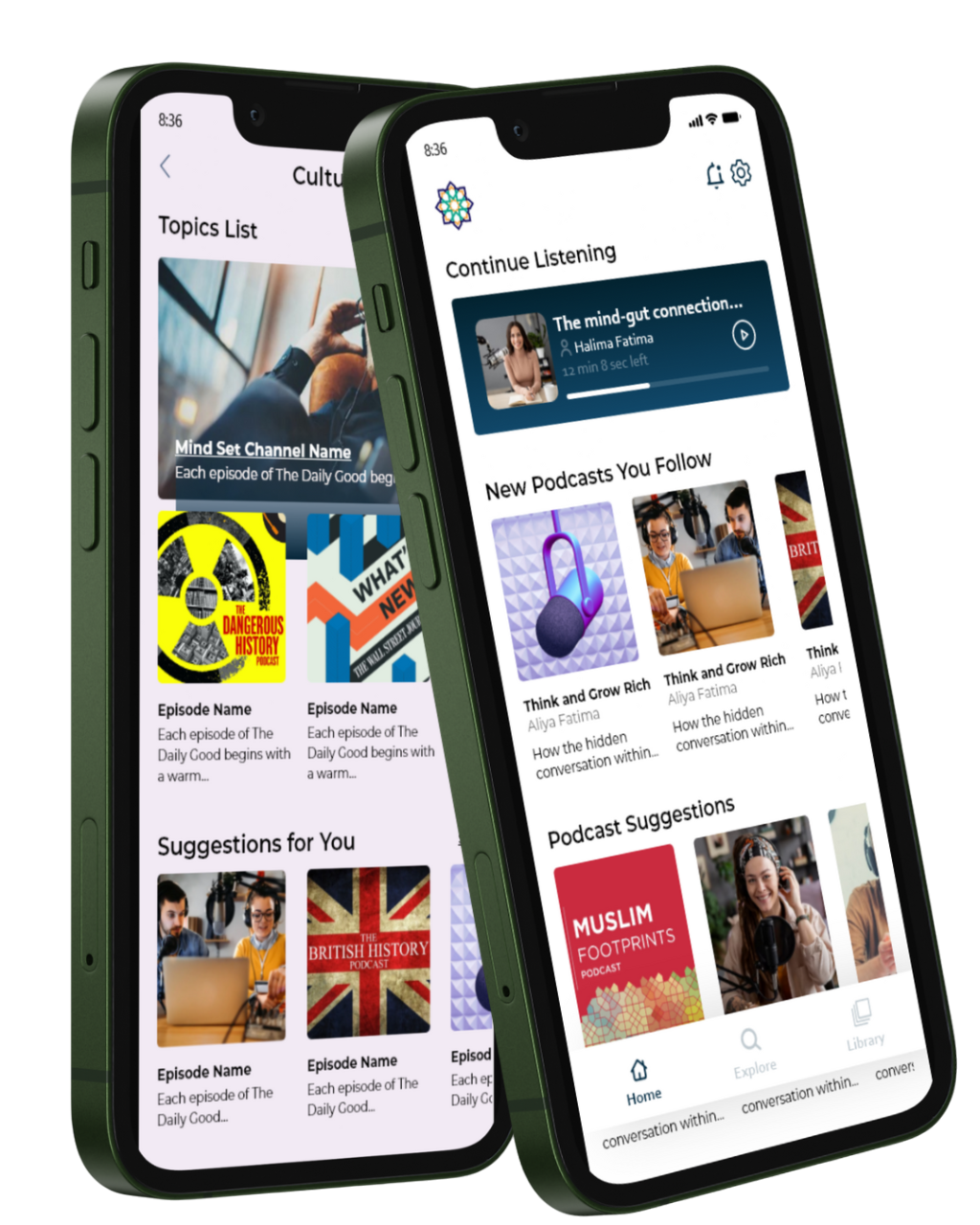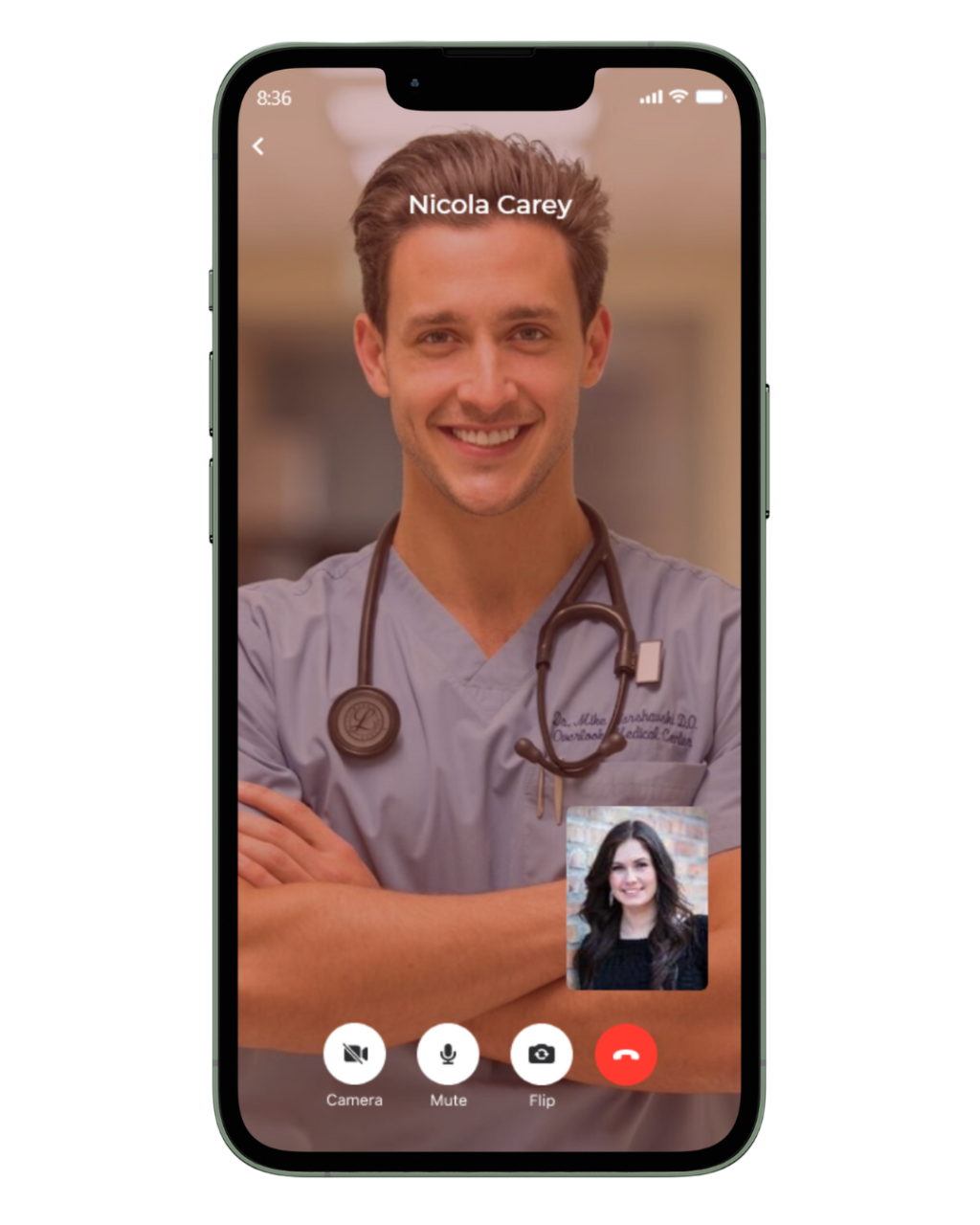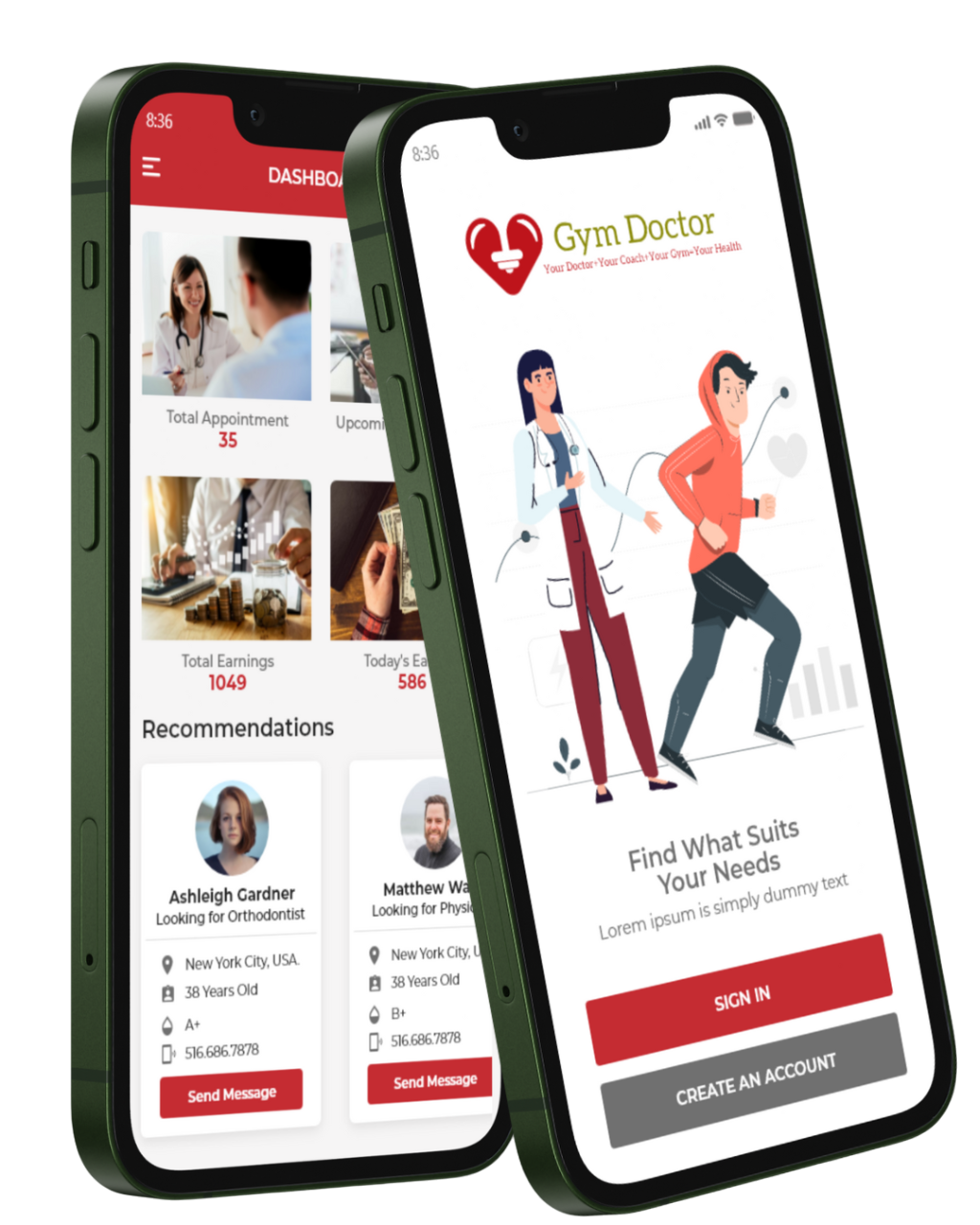Apps we built have been trending on
the App Store





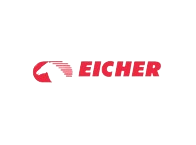














At Appsums, we’ve streamlined the development process

Discovery
We help to turn your idea into a plan: define user flows, the product architecture, and select best suited tech stacks.
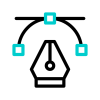
UI/UX Design
The goal of UI / UX design is to create excellent user experiences making your app interactive, intuitive, and user-friendly.
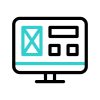
Prototype
Get your first prototype ready within almost no time. We design a click-thru prototype with tools like Adobe XD and Figma that get the app concept into a client’s.
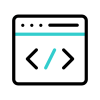
Development
The development kicks off! We use a sprint-based approach, with planning and demo meetings every other week that gives you great visibility and control over the project.

Quality Assurance
Our thorough and in-depth QA process includes functional and exploratory testing assures that we deliver a product that works exactly as we planned it to work..

Launch
When your solution is ready and passed through all the checkboxes for a successful launch, we’ll help you deploy it and handle the tricky app submission process.
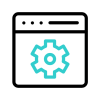
Maintenance & Support
We’ll help to keep your product up to date, secure and stable at all times.
Frequently asked questions
Mobile app development is the process of designing, creating, testing, and launching applications for mobile devices. These applications, commonly referred to as “apps,” are designed to run on various mobile platforms and devices such as smartphones, tablets, and wearables. Mobile app development encompasses a wide range of tasks and techniques, and here’s a broad overview of what it entails:
Types of Mobile Apps:
Native Apps: Native apps are developed specifically for one platform, such as iOS or Android. They are written using languages and development tools native to that platform, like Swift for iOS and Kotlin for Android. Native apps can fully harness the device’s hardware and software capabilities, offering optimal performance and a seamless user experience.
Hybrid Apps: Hybrid apps combine elements of both native and web applications. They are built using web technologies like HTML, CSS, and JavaScript and then encapsulated within a native application shell. This allows them to run on multiple platforms with a single codebase. Tools like Cordova or Ionic are often used to create hybrid apps. While they may not offer the same performance level as native apps, they provide a cost-effective solution for businesses looking to reach a wider audience across different platforms with a consistent look and feel.
Web Apps: Web apps are essentially mobile-optimized websites that function like apps but run within a browser and aren’t installed on the device. They are developed using standard web technologies and are responsive, meaning they adjust to fit different screen sizes. Since they’re platform-independent, they can be accessed from any device with an internet connection and a web browser. Progressive Web Apps (PWAs) are a type of web app that can be “installed” on a device and offer offline capabilities, making them feel more like native apps.
Development Platforms and Tools:
Integrated Development Environments (IDEs): Native app development requires tools like Xcode for iOS and Android Studio for Android.
Cross-platform Development Tools: Frameworks such as React Native, Flutter, and Xamarin facilitate the creation of apps for multiple platforms with a single codebase.
Design and User Experience (UX): Mobile app design emphasizes intuitive and user-friendly interfaces. UX design ensures easy navigation and a seamless user experience.
Backend Development: Many apps need a backend to store data, manage user accounts, and perform complex operations. Databases, server-side scripting, and cloud platforms are integral to this process.
Testing: Apps must be tested on various devices, screen sizes, and operating systems. Testing encompasses functional, usability, performance, and security aspects.
Deployment and Distribution: Apps are submitted to app stores for review and distribution. Adherence to platform-specific guidelines is crucial for app approval.
Maintenance and Updates: Regular updates are essential for bug fixes, new features, and OS compatibility. Continuous monitoring and user feedback help keep the app relevant and functional. In summary, mobile app development is a multifaceted discipline that combines technical skills, creativity, and user understanding. Whether native, hybrid, or web-based, each type of app offers unique advantages and challenges, catering to different business needs and user preferences.
“Not all apps are created equal” – says the ‘Declaration of Techdependence.’ The type of web and mobile app will determine the complexity of the solution and the number of hours required for its development process. In IT, the industry standard for clients is measured in hourly rates, which vary anywhere from $20 to $200/hour.
MVP stands for Minimum Viable Product. MVP is the best way to check if your idea has a demand. Will people use it or not? Mostly, this is a product with ONLY ONE function.
The whole point of MVP is that you should define what your app does in one sentence and create a product that does nothing else.
We sketch out the details and create a vision to turn your idea into reality after digital market research! Direct communication with developers assesses all deliverables/features, select tools, and give a free quote. Then, we develop a complete roadmap using the findings and suggest the optimal approach. When it comes to developing apps, an agile approach is best suited. We design a prototype and enhance app dev using current delivery processes. With many rounds of evaluation, we test functionality, performance, and ease of navigation. It’s time to deploy your software after it’s gone through the necessary testing and evaluation by getting reviews and making the project a successful fit for your business.
Once we start working on your project, our team will have your back, and our services go beyond just coding and designing. Appsums can manage everything till successful app submission for iOS and Android on repositories such as Google Play Store and Apple App Store. Then we go on with maintenance service after the development and deployment phases.
• Mobile Development Consultancy: It is the initial step where developers and clients discuss things.
• Requirement Collection: The development team collects the requirements from clients.
• Planning & Strategy: Based on the requirement analysis planning, what will be the exact strategy to make the desired app.
• Wire framing: Under this process, the app’s blueprint development takes place, representing how an app will look in real life.
• UI/UX designing: It includes frontend app development using designing tools.
App Development refers to server-side development, like how data will be stored & retrieved and the implementation of other functionalities.
• Quality Assurance: testing is also an important thing that facilitates the developers to eliminate bugs, irrelevant code, etc.
• Optimization: After testing, app optimization creates the best user experience.
• Deployment: As a final stage, an app is deployed on the app stores of respective platforms.
Excited about bringing your app idea to life? Share your project details with us!
or chat us
(+91) 9716145194
What happens next?
- Schedule a meeting
- Dive into your project with us!
- Your project, our proposal. Exciting times ahead!

